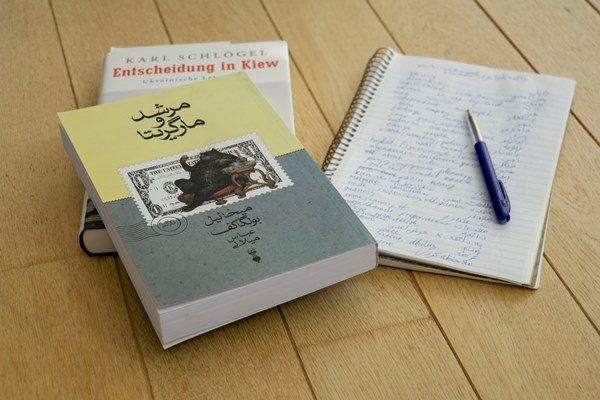It’s usually recommended to focus on one language at a time, become fluent in it and only then start learning another one. However, language acquisition is a continuum, and some of us need to study languages for work or travel. Others are impatient. And yet others are passionate about languages and the process of learning by itself excites them. In short, it’s possible and sometimes beneficial to learn more than one language at a time, and I will share how I do it. Please take a look at the other articles in my language learning series, and share your experiences with me.

A few caveats, however. First, if you’re studying your first foreign language, then taking up two at the same time will not work. It will be too overwhelming. Second, if the languages you’re learning are too similar, you might consider learning one until you reach an intermediate level and only then start the other one. Third, if you can’t devote the time, it’s best to limit your ambitions. If you need at least 10 hours of practice a week to progress, then you’d require twice as much to learn two languages.
Imagine that you would like to focus on learning Spanish and Russian. Your Spanish is at a lower intermediate level, while you’re a total beginner in Russian.
Continue reading →


















Joi in Giorgio Armani Mania : Long Lost Favorite Perfume: Yes!! January 25, 2024 at 2:54am